
Egg Production: Importance, Quality and Grading
July 3, 2023, 11:05 am
Eggs are a critical component of human diet and are one of the major products from poultry farming.
Egg Production: Importance, Quality and Grading
Egg production from poultry is so critical and necessary that we have a class of fowls or birds raised and farmed solely for the purpose of laying eggs. This types of birds are called Layers and they produce eggs throughout their life cycle.
Importance of Egg
- Egg is a complete whole food for life. Egg contains all the nutrients essential for the body. It contains mainly water, protein, fat, minerals and many important vitamins, except vitamin C
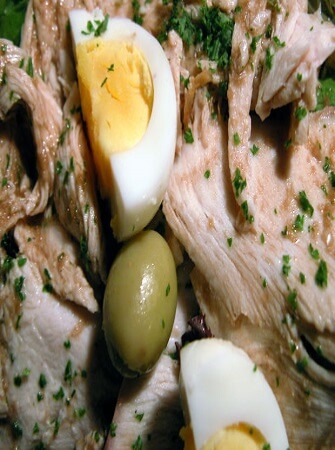
- Egg is used in confectionery for cakes, pastries, biscuits and other bakery products

- Egg is the alternative to meat for people allergic to meat
- It is used as egg powder in food industries in the production of beverages
- It is used in cosmetics for hair and facial treatments
- Egg is used for the treatment of infected injuries especially as bactericidal
- Egg is used for the production of mayonnaise for salad dressing
- Egg is the way a hen produces another hen (reproduction)
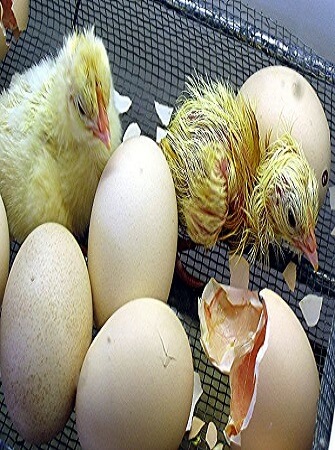
- The egg shell can be used for making scouring powder. It is ground and mixed with washing powder
Chemical Composition of Egg (%)
| Part of Egg | Protein | Fat | Ash | Water | Carbohydrate | Energy (kJ) |
| Whole egg | 11.8 | 11.0 | 11.7 | 65.5 | Trace | 612.2 |
| Albumen | 10.5 | 0.2 | 0.7 | 85.5 | Trace | 153.0 |
| Yolk | 16.7 | 32.5 | 1.6 | 49.0 | Trace | 1402.0 |
| Membrane | 0.4 | - | - | 0.3 | Trace | Trace |
| Shell | 3.8 | - | 9.6 | 1.3 | Nil | Nil |
Grading of Egg
Grading is the classification of eggs based on weight, interior and exterior quality of the egg. Grades are then designated by letters in descending order of quality grades—A, B, C and Industrial. In many African countries, grades are based only on the weight of the egg. Egg grades available are pullet, small, medium, large, extra-large and jumbo.

Grading of eggs is not yet compulsory but it is advisable for egg producers to grade their eggs because of the advantages derived from grading.
Advantages of Egg Grading
- Farmers get higher price for eggs
- Income goes up by approximately 15% to 20% or more
- Less transportation cost is incurred
- There is reduction in egg breakage because of better packaging of uniform eggs
Depending on the weigh, eggs can be categorized into the following grades:
- Pullet (peewee): 35g and below
- Small: 42.5g
- Medium: 50g
- Large: 57g
- Extra-large: 64g
- Jumbo: 71g and above
- The bigger the eggs, the higher the demand by the consumers. Egg sizes can be affected by the following factors:
- Breed of fowl: Large breed gives large eggs
- Feeding and nutrition: Well fed fowls with balanced diets will give good eggs
- Health status of the fowl: Healthy fowl will give big and quality eggs
- Age in lay: Young fowls tend to lay more but smaller or pullet eggs while older layers lay large but fewer eggs.
Evaluation of Egg Quality
Egg is an excellent source of food for humans. It is therefore important to preserve its quality. Factors that make up egg quality include: size and shape of egg, condition of shell, air chamber, albumen, yolk and germ spot.
Well formed, uniform colour, small air chamber and thick shell are indications of a good quality egg. These qualities however depend on the health, nutrition of hens and handling of eggs during storage. Egg shell colour is not indicative of better nutrient quality, it is only breed dependent.
Many consumers prefer golden yellow egg yolk. This is an indication of green vegetable feed, or yellow corn or carophyll fed to the fowl. It is known that green vegetables contain carotene which is good for eyesight.

Broken or cracked eggs should be used immediately to avoid bacterial and fungal infection. Egg can be preserved for a longer period by storing in temperature range of 15°C to 20°C. While broken eggs can be frozen or processed into egg powder for preservation.

A quick and practical way of assessing the quality of an egg is to dip the egg in water. Poor quality eggs will float due to loss of weight owing to loss of moisture while good quality eggs will submerge. This method of assessment is not dependable because eggs with blood spot, meat spot, rots or presence of foreign matter may not be detected.
Types of Abnormalities in Eggs
- Presence of double or triple yolks

- Too small, bigger or yolkless eggs
- Presence of meat and blood spots in eggs
- Shell-less egg
- Presence of foreign material
- Soft, weak, pale, coated or rough shelled egg
- Watery albumen
- Abnormal yolk colour
- Rotten egg
- Mis-shaped egg
- Bubbly air chamber
- Cracked eggs
- Dirty eggs
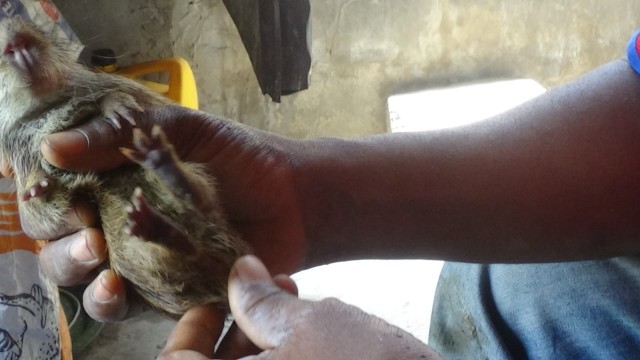



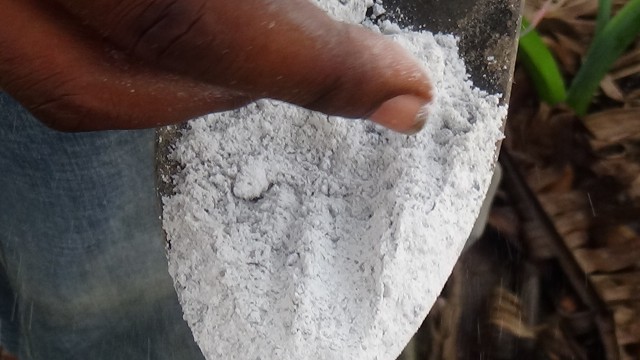
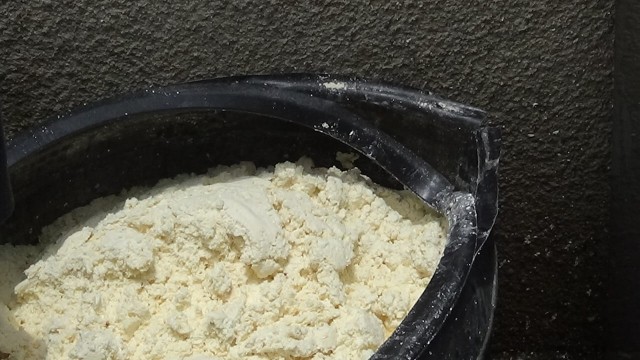






Share This Article: